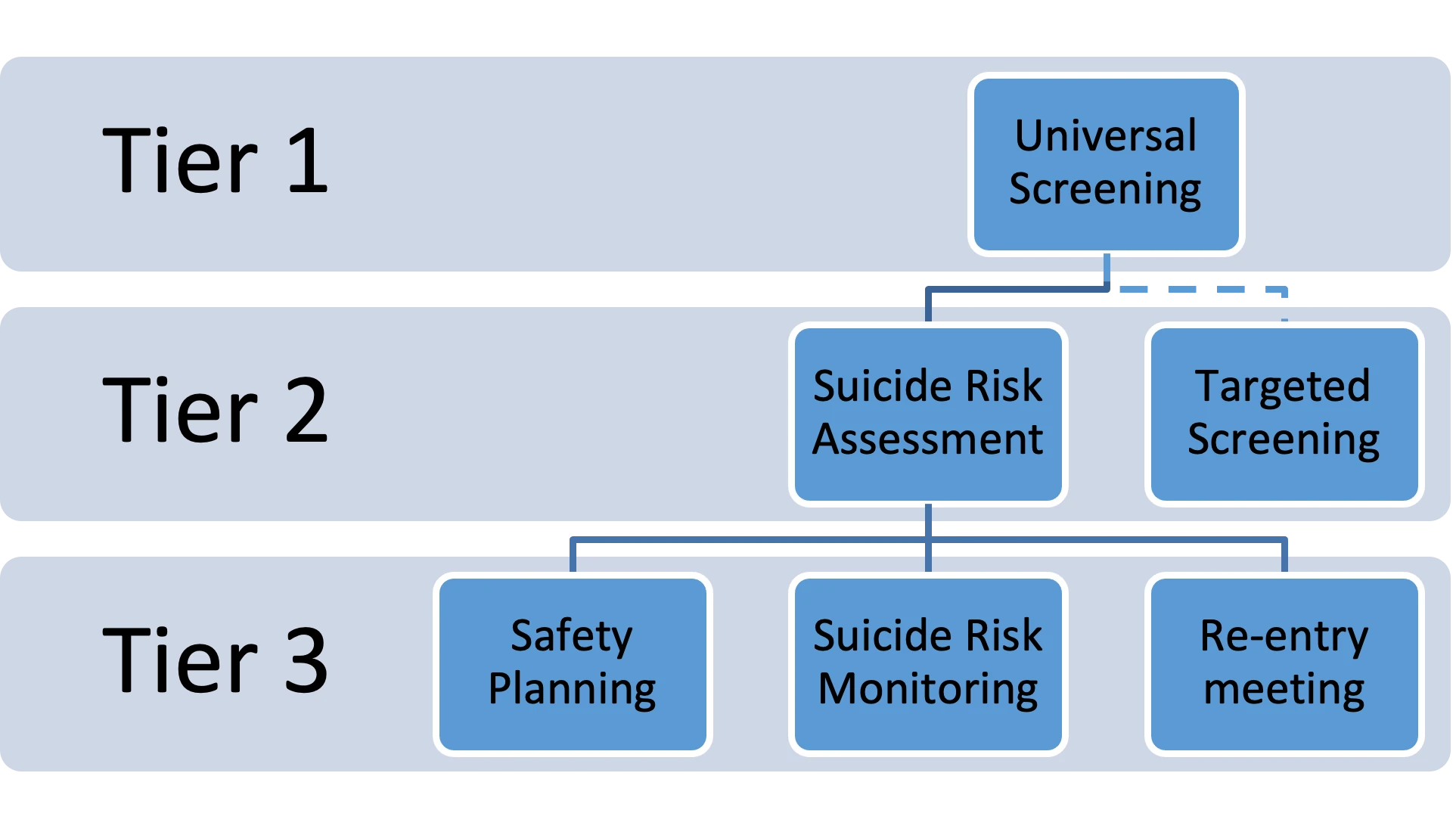Suicide Risk Assessment
Dr. Terri Erbacher, Strategic Partner
PCG is delighted to partner with Dr. Terri Erbacher, Ph.D. Terri is a distinguished author, speaker, consultant, and go-to subject expert source for media. She has been a certified school psychologist and licensed psychologist in Pennsylvania since 1999. Read her biography.
Feeling prepared to manage suicide risk when it presents is a challenge for clinical professionals, who often have not received training to address it.
In a 2014 report on guidelines to improve clinical workforce training by the National Action Alliance for Suicide Prevention, 93% of state credentialing/licensing boards reported requiring no suicide-specific training or coursework, and 100% said there was no requirement for suicide-specific continuing education. (Suicide Prevention and the Clinical Workforce: Guidelines for Training, p. 9)
The report goes on to recommend that all clinicians be trained to develop a basic skill set in suicide risk assessment and intervention.

In The United States:
2nd
Suicide is the second leading cause of death for ages 10-24
2.5X
More than 2.5 times as many suicides as homicides
35%
35% increase in the total suicide rate from 1999 to 2018
PCG's Core Benefits

Start your safe school journey today
Schedule a call and a demo with an expert consultant.

